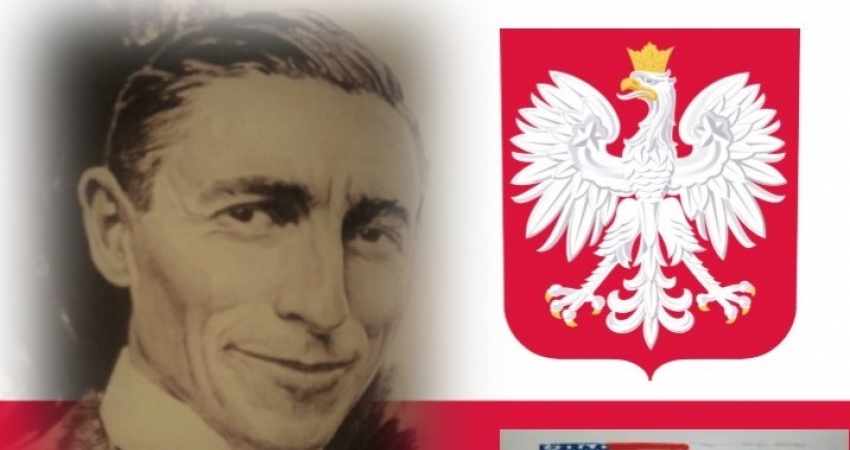
Gibson
“It’s a great life – if you don’t weaken.”
Hugh Gibson, Paris, August 14, 1918
There was no time to weaken in Paris, August 1918. As a young American diplomat, Hugh S. Gibson found himself in the eye of the storm of both the Great War and the Spanish Flu. A great many persons died, or were weakened by, both catastrophes, but Gibson persevered. Less than six months after the Armistice of November 11, 1918 and Poland’s rebirth as a national entity, Gibson was appointed the first US Minister to Poland in April 1919. Although his appointment came as a surprise to some, he was uniquely qualified for the task.
After acing the Foreign Service exams in 1908, Gibson made a meteoric rise to the top of the heap during his eventful first decade in service. Spring 1918 found him assigned to the American Embassy in Paris. In addition to his primary roles as diplomatic adviser to General John Pershing, managing rogue American propaganda agents, and developing a coherent program for military/diplomatic intelligence, Gibson was given a new and pivotal assignment. From September 1918 until the US Congress approved the funding of two new missions to Warsaw and Prague the following April, Gibson was the official liaison between the US and the national committees of both Poland and Czechoslovakia.
Gibson’s work in Paris during the fateful summer/fall of 1918 offered a broad understanding of Eastern European affairs at a time when many Americans (and all too often Western Europeans) had little knowledge of the complexities involved in the emerging nations. His experiences are recorded in diaries and letters housed now at the Hoover Institution Archives at Stanford University. They are published for the first time as An American in Europe at War and Peace: The Chronicles of Hugh S. Gibson 1918-1919 (DeGruyter, 2020, edited and annotated by Vivian Hux Reed and Jochen Böhler). Over the next weeks, this blog will offer sneak peaks and behind-the-scenes insights into Gibson’s early experience with Poles and the rebirth of Poland.
Please look for the next post on (date) when Gibson meets the shadowy Horodyski on French soil. Until then, stay well and thrive!
Vivian
Links and documentation:
http://pffamerica.org/en/presents/falcons-of-freedom/
http://www.polishfalcons79southgate.com/pb/wp_3fa44884/wp_3fa44884.html
https://explorepahistory.com/displayimage.php?imgId=1-2-1E4A
[1] Hapak, Joseph T. “The Polish Military Mission, 1917-1919,” Polish American Studies (Vol. 38, No. 2, Autumn 1981) p 26.
[2] Biskupski, M.M.B. “Canada and the Creation of a Polish Army, 1914-1918,” The Polish Review (Vol. 44, Autumn 1981, 1999), p. 351.
[3] Wandycz, Piotr. The United States and Poland (Cambridge: Harvard University Press, 1980), pp.116-118. Details on Horodyski’s role in the Polish Mission to the US can also be found in Bułhak, Władysław, “Lednicki, Paderewski, Dmowski. The Mission Case of Stanisław Gutowski and Polish Genesis of the National Executive Committee and Polish National Committee (August-September 1917)
[4] Latawski, Paul. “Count Horodyski’s Plan to ‘Set Europe Ablaze’ June 1918 (The Slavonic and East European Review (Vol. 65, No. 3, July 1987), pp. 391-398.